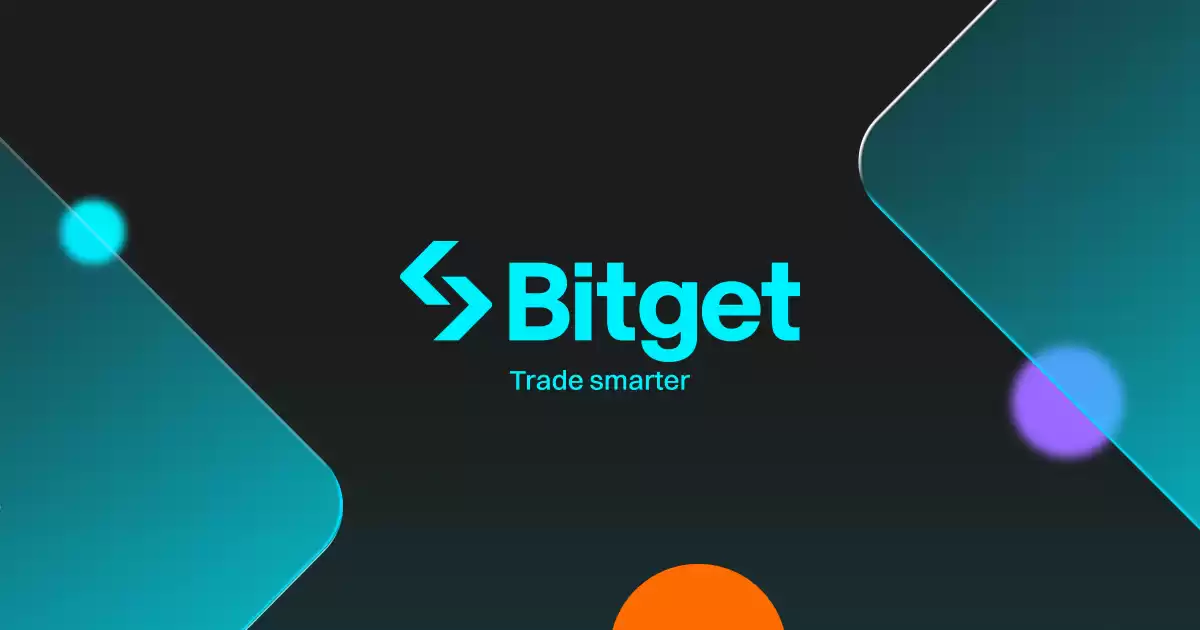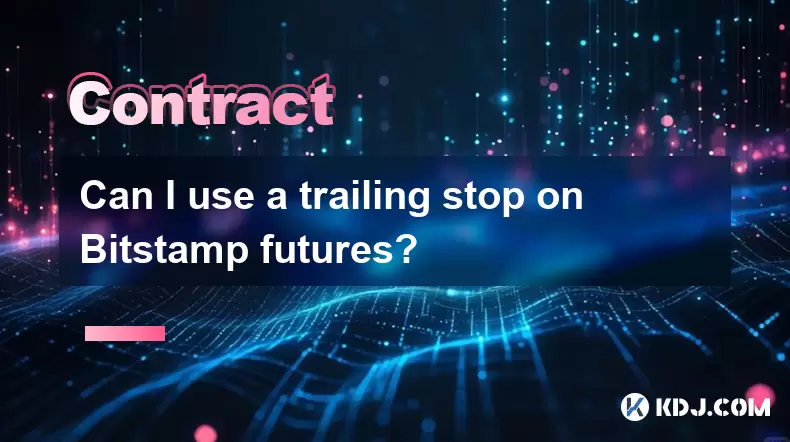-
 Bitcoin
Bitcoin $118000
0.67% -
 Ethereum
Ethereum $3750
0.71% -
 XRP
XRP $3.183
1.61% -
 Tether USDt
Tether USDt $1.000
-0.01% -
 BNB
BNB $788.1
1.21% -
 Solana
Solana $186.0
0.85% -
 USDC
USDC $0.9999
-0.02% -
 Dogecoin
Dogecoin $0.2373
1.25% -
 TRON
TRON $0.3204
1.76% -
 Cardano
Cardano $0.8266
1.85% -
 Hyperliquid
Hyperliquid $44.04
1.28% -
 Sui
Sui $4.192
5.88% -
 Stellar
Stellar $0.4399
2.63% -
 Chainlink
Chainlink $18.40
1.19% -
 Hedera
Hedera $0.2842
9.06% -
 Bitcoin Cash
Bitcoin Cash $560.5
2.46% -
 Avalanche
Avalanche $24.99
4.58% -
 Litecoin
Litecoin $114.5
1.25% -
 UNUS SED LEO
UNUS SED LEO $8.980
-0.03% -
 Shiba Inu
Shiba Inu $0.00001406
0.53% -
 Toncoin
Toncoin $3.306
4.27% -
 Ethena USDe
Ethena USDe $1.001
0.03% -
 Polkadot
Polkadot $4.169
2.37% -
 Uniswap
Uniswap $10.56
1.95% -
 Monero
Monero $322.8
1.06% -
 Dai
Dai $0.0000
0.00% -
 Bitget Token
Bitget Token $4.545
0.12% -
 Pepe
Pepe $0.00001261
1.29% -
 Aave
Aave $296.5
1.27% -
 Cronos
Cronos $0.1379
5.90%
Bitget contract trading rules
To participate in contract trading on Bitget, traders must register an account, fund it with cryptocurrencies, select a trading pair, place an order type (limit or market), monitor their position, close it at the desired time, and withdraw any profits or funds.
Nov 13, 2024 at 04:18 pm

Bitget Contract Trading Rules: A Comprehensive Guide to Contract Trading on Bitget
Bitget is a leading cryptocurrency exchange that offers a wide range of trading products and services, including contract trading. Contract trading is a form of derivatives trading that allows traders to speculate on the future price of an underlying asset, such as Bitcoin or Ethereum.
In order to participate in contract trading on Bitget, traders must first understand the platform's rules and regulations. These rules are designed to ensure a fair and orderly trading environment for all participants.
Step 1: Open a Bitget Account
The first step to contract trading on Bitget is to open an account. This can be done by visiting the Bitget website and clicking on the "Sign Up" button. Traders will need to provide their email address, create a password, and agree to the Bitget Terms of Service.
Step 2: Fund Your Account
Once you have opened a Bitget account, you will need to fund it with cryptocurrency. This can be done by depositing cryptocurrency from another wallet or by purchasing cryptocurrency directly through Bitget.
Step 3: Choose a Trading Pair
The next step is to choose a trading pair. A trading pair is a combination of two cryptocurrencies, such as BTC/USDT or ETH/USDT. The first cryptocurrency in the pair is the base currency, and the second currency is the quote currency. When you trade a contract, you are essentially betting on whether the base currency will rise or fall in value against the quote currency.
Step 4: Place an Order
Once you have chosen a trading pair, you can place an order. An order is a request to buy or sell a certain number of contracts at a specific price. There are two main types of orders: limit orders and market orders.
- Limit orders: Limit orders allow you to specify the price at which you want to buy or sell a contract. Your order will only be executed if the market price reaches your specified price.
- Market orders: Market orders allow you to buy or sell a contract at the current market price. Market orders are typically executed immediately.
Step 5: Monitor Your Position
Once you have placed an order, you can monitor your position in the "Positions" tab of the Bitget trading interface. Your position will show you the number of contracts you have bought or sold, the average price of your position, and the current profit or loss.
Step 6: Close Your Position
When you are ready to close your position, you can do so by submitting a closing order. A closing order is essentially the opposite of an opening order. You will need to specify the number of contracts you want to close and the price at which you want to close them.
Step 7: Withdraw Your Funds
Once you have closed your position, you can withdraw your funds from Bitget. You can do this by withdrawing cryptocurrency to another wallet or by selling cryptocurrency directly through Bitget.
Additional Rules and Regulations
In addition to the basic rules outlined above, Bitget also has a number of additional rules and regulations in place to ensure a fair and orderly trading environment. These rules include:
- Trading hours: Bitget's contract trading platform is open 24 hours a day, 7 days a week. However, trading may be suspended during periods of high volatility.
- Margin trading: Bitget offers margin trading with up to maximum, which allows traders to trade with more capital than they have in their account. Margin trading can amplify both profits and losses, so it is important to use it cautiously.
- Liquidation: If a trader's account balance falls below a certain level, their position may be liquidated. Liquidation is a forced sale of a trader's position, and it can result in a loss of funds.
- Risk management: Bitget offers a number of risk management tools to help traders manage their risk, including stop-loss orders and take-profit orders.
- Fees: Bitget charges a number of fees for contract trading, including trading fees, funding fees, and withdrawal fees. It is important to be aware of these fees before you start trading.
By following these rules and regulations, traders can help to ensure a fair and orderly trading environment on Bitget.
Disclaimer:info@kdj.com
The information provided is not trading advice. kdj.com does not assume any responsibility for any investments made based on the information provided in this article. Cryptocurrencies are highly volatile and it is highly recommended that you invest with caution after thorough research!
If you believe that the content used on this website infringes your copyright, please contact us immediately (info@kdj.com) and we will delete it promptly.
- Tron ETF, Staking Rewards, and Institutional Capital: A New Era for TRX?
- 2025-07-27 12:50:13
- Bitcoin Reserves, Price, and Hyper Up: Riding the Crypto Wave to $1M?
- 2025-07-27 12:55:12
- Smart Money Moves: Wallet Withdrawal, SPX Accumulation, and What It All Means
- 2025-07-27 12:30:12
- Ethereum, Justin Sun, and Market Speculation: A Crypto Cocktail
- 2025-07-27 12:30:12
- Meme Coins in July 2025: Bitcoin Takes a Backseat?
- 2025-07-27 10:30:12
- HIFI Price Eyes Breakout: Downtrend Line in the Crosshairs?
- 2025-07-27 10:30:12
Related knowledge

Why is my Bitstamp futures position being liquidated?
Jul 23,2025 at 11:08am
Understanding Futures Liquidation on BitstampFutures trading on Bitstamp involves borrowing funds to open leveraged positions, which amplifies both po...

Does Bitstamp offer inverse contracts?
Jul 23,2025 at 01:28pm
Understanding Inverse Contracts in Cryptocurrency TradingIn the realm of cryptocurrency derivatives, inverse contracts are a specific type of futures ...

What is the difference between futures and perpetuals on Bitstamp?
Jul 27,2025 at 05:08am
Understanding Futures Contracts on BitstampFutures contracts on Bitstamp are financial derivatives that allow traders to speculate on the future price...

How to find your Bitstamp futures trade history?
Jul 23,2025 at 08:07am
Understanding Bitstamp and Futures Trading AvailabilityAs of the current state of Bitstamp’s service offerings, it is critical to clarify that Bitstam...

Can I use a trailing stop on Bitstamp futures?
Jul 23,2025 at 01:42pm
Understanding Trailing Stops in Cryptocurrency TradingA trailing stop is a dynamic type of stop-loss order that adjusts automatically as the price of ...

Can I use a trailing stop on Bitstamp futures?
Jul 25,2025 at 02:28am
Understanding Trailing Stops in Cryptocurrency Futures TradingA trailing stop is a dynamic type of stop-loss order that adjusts automatically as the m...

Why is my Bitstamp futures position being liquidated?
Jul 23,2025 at 11:08am
Understanding Futures Liquidation on BitstampFutures trading on Bitstamp involves borrowing funds to open leveraged positions, which amplifies both po...

Does Bitstamp offer inverse contracts?
Jul 23,2025 at 01:28pm
Understanding Inverse Contracts in Cryptocurrency TradingIn the realm of cryptocurrency derivatives, inverse contracts are a specific type of futures ...

What is the difference between futures and perpetuals on Bitstamp?
Jul 27,2025 at 05:08am
Understanding Futures Contracts on BitstampFutures contracts on Bitstamp are financial derivatives that allow traders to speculate on the future price...

How to find your Bitstamp futures trade history?
Jul 23,2025 at 08:07am
Understanding Bitstamp and Futures Trading AvailabilityAs of the current state of Bitstamp’s service offerings, it is critical to clarify that Bitstam...

Can I use a trailing stop on Bitstamp futures?
Jul 23,2025 at 01:42pm
Understanding Trailing Stops in Cryptocurrency TradingA trailing stop is a dynamic type of stop-loss order that adjusts automatically as the price of ...

Can I use a trailing stop on Bitstamp futures?
Jul 25,2025 at 02:28am
Understanding Trailing Stops in Cryptocurrency Futures TradingA trailing stop is a dynamic type of stop-loss order that adjusts automatically as the m...
See all articles

























































































